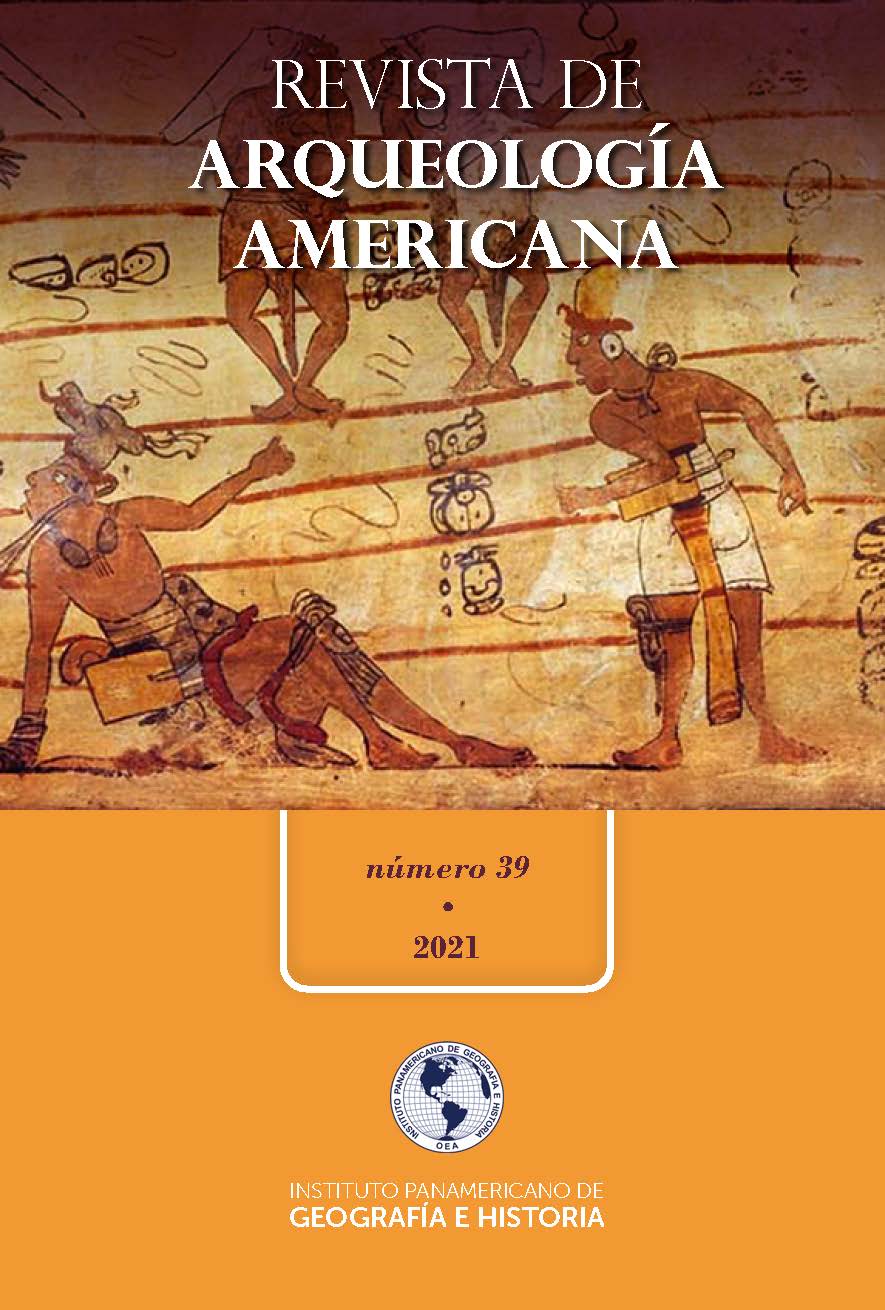Wind musical instruments from the El Olivar site: actors, context and symbolic relations
Main Article Content
Abstract
This study addresses the case of two pre-Hispanic Diaguita bone artifacts is, coming from the archaeological site El Olivar (chilean semi-arid north), recovered in funerary contexts dated around the year 1100-1200 AD. The artifacts were made from assembled camelid and bird bones. Chronological, archaeological, bioanthropological, archaeofaunal and isotopic information is provided, which contributes to the contextualization of these burials and their possible cultural links. The recovered evidence suggests that they are wind musical instruments. The interpretation of these findings is enriched with ethnographic information and a theoretical framework related to Amerindian perspectivism and “ontological turn” in archeology, addressing the possible role of sound and music in these communities.
Downloads
Article Details
-
Abstract1345
-
PDF (Español)636
-
XML (Español)1
